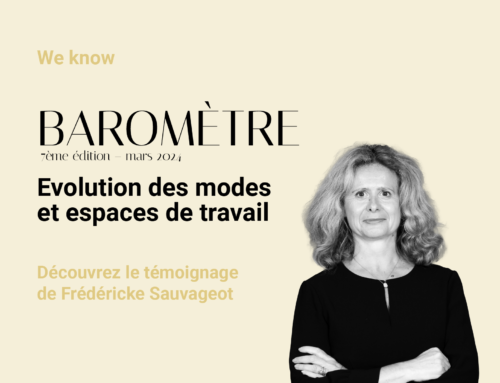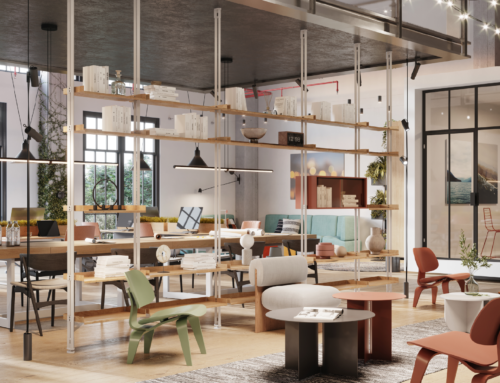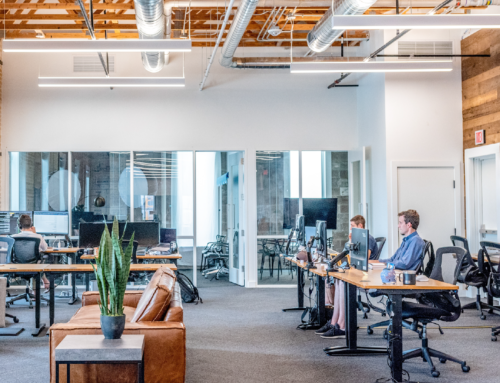Changing work patterns:
Where does the Public Sector stand?
Where does the Public Sector stand?
Last November, we surveyed 300 managers and 500 employees (including 160 public sector employees) on the evolution of work modes and spaces.
On February 2nd, we invited the actors of the Public Sector to discover the results of this survey conducted by the CSA Research institute for Parella during a round table with the very complementary feedback of Anne Archambault, director of the Post Lumière project for the Ministry of the Interior, and Fabienne Chol, HR Director of the Ile de France Regional Council.
Here are the feedbacks and learnings from these exchanges:
Going back to the office is not a problem...
as long as you do it properly
as long as you do it properly
The figures in our barometer contrast with the prevailing wisdom. Less than 10% of managers believe they have difficulty getting agents back to the office. And 77% of agents say they like coming back to the office.
Yes, agents like to come back to the office. The observation is shared by the room but the comment is quickly moderated: only 2 to 3 days a week and not under any conditions!
Parisians would be more difficult to convince on this point, especially for the less central sites.
BAROMETER NEW MODES
AND WORK SPACES
Discover the results HERE.
Enjoy reading!
What is the feedback from our guests on this topic?
Focus on post-covid health security at the Ministry of the Interior. In her previous position as deputy director of real estate affairs at the ministry, Anne Archambault established a guide for returning to the office and communicated on preventive measures, such as reinforced cleaning. However, although this fear is now behind us, we still need to give agents reasons to return.
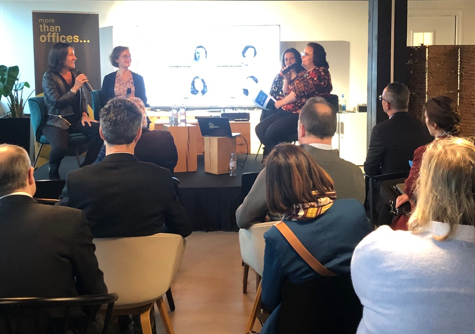
On the IDF Regional Council side, telecommuting was implemented in 2018 as part of the gathering of agents in Saint Ouen. An in-depth work has supported the transformation: remote management, elimination of individual offices. The agents have gained control of their schedule and a better work/life balance.
Fabienne Chol explains that thanks to this anticipation, the departure of the agents for full telework during the containment was a non-issue. On the other hand, employees were more reluctant to return to the site after the first lockdown.
A real reflection was carried out to encourage them to do so following the second confinement. Baskets of sweets, dedicated communication, decoration of the premises, reinforcement of the catering... A successful bet!
The relocation projects... what consultation of the agents?
Location and accessibility remain the number one criteria for managers (57%) and agents (46%).
This requires anticipating the evolution of transportation networks and the changes in the regions. Like the future location of the Ministry of the Interior in Saint-Denis, which will benefit from the future Pleyel hub with no less than 4 metro lines.
In view of the impact on their journeys, the question arises as to the degree of consultation of the agents on the choice of a site.
Our guests were kind enough to share a few initiatives that demonstrate this underlying participatory trend:
- Upstream information on the launch of the reflection and the study of needs / transport time
- The formation of representative committees for the construction of selection criteria
- Listening to employees in a participative approach and setting up exchanges with trade unions
- Pre-selection of sites that meet the financial criteria and proposal of a vote on 3 sites to the representatives
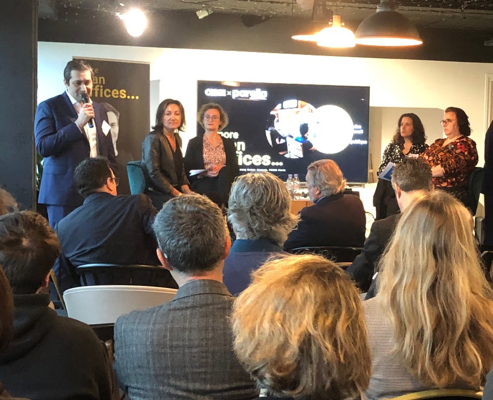
But how can this consultation be integrated into a process that is already complex, especially for government departments, where many stakeholders are involved in the choice of a site?
Doriane Bettinger, our Director of People & Transformation, talked about prioritizing the management of employee concerns. Based on Maslow's pyramid, it is essential to first solve the basic issues of access to the site, catering and the assurance of finding a workstation. The topics of new ways of working and additional services are addressed once these topics are no longer an issue.
Challenges in response to employee expectations
Image, Well-being, Performance, Recruitment, which issue seems to be the most important to you when it comes to workspaces? This is the question we asked our audience.
Perhaps it is not a choice but rather a progression in the construction of the project:
- Image remains fundamental in the choice of premises, especially at the institutional level
- Well-being, including travel time and services, to better meet the needs of agents at their new location
- Performance to define ways to work better together
- Recruitment because your new premises will become a criterion of choice
This is an essential step in building a new administrative culture, increasingly supported by HR departments. It is also an opportunity to drive the transformation of working methods, based on feedback from the working groups and exchanges with the trade unions.
This brings us to the question of agents' expectations, particularly in terms of service. Our barometer shows that expectations are high and not yet well served.
But should we set up a gym or offer a subscription to a gym network? Will the requested nap room really be used?
For this, a phase of immersion and analysis of the pathways is essential in order to challenge these proposals and understand the uses in order to define a service adapted to your context and your populations.
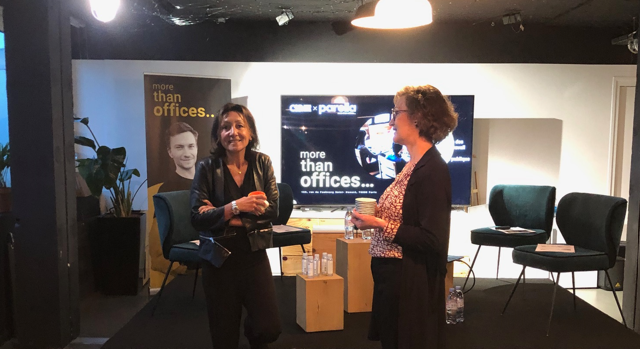
The question of the development of telework and flex office
Many of our guests shared initiatives on the deployment of flex office
Experimental, partial, voluntary: different formulas are being studied. The good idea is to couple the telework / flex office reflections in a global conception of the working environment.
Let's take the example of the Ile de France region, with a mantra of flexibility, freedom and autonomy explained by Fabienne Chol:
- Agents retain some flexibility in the application of telework, with floating days.
- All agents are free to reserve the meeting rooms, which are numerous and of all sizes: 222 rooms for 1080 workstations!
- As for autonomy, the "leader" has disappeared to take the form of a supervisor, a manager, a companion ...
And the future of the office?
There are three main points to this reflection for the public sector:
- Consolidate the group: encourage this desire to be together in a post-presential phase by defining rituals and creating opportunities to meet
- Pursue hybridization: multiply the possible uses of different spaces (the restaurant becomes a meeting room) and deploy the flex office
- Integrate with the local territory: offer on-site and nearby services and integrate incubators into the premises to bring agents closer to the field.

